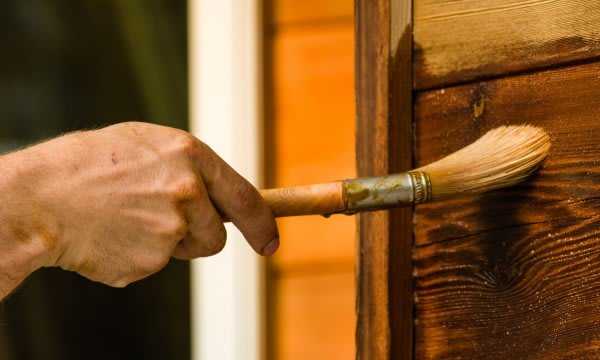To get your house’s siding looking like it was painted by a pro and to deal with any trouble paint jobs with your siding, follow these steps.

Preparations
- Scrape out and replace any crumbling caulk in joints between siding and trim.
- Sink any visible nails with a nail set. Coat the nail heads with primer, fill the holes with exterior putty, and sand flat.
- Remove loose paint. Scrape off all loose, cracked, alligatored, and peeling paint. Soften stubborn spots with a heat gun (but never use a propane torch!). If paint won’t come off, it has probably bonded to the wood; you can safely paint over it.
- Sand smooth. Sand down the edges around all scraped areas so that the difference between areas with and without old paint won’t show through the new coat. Start with extra-coarse sandpaper, then switch to medium.
- Prime raw areas. Prime all scraped wood, caulk, or putty. If you notice issues with your existing paint job, be sure to troubleshoot first, then fix the problem before painting over it.
If the paint looks like alligator skin
- Likely the outer coat was applied over a poorly prepared surface, an undercoat that was not dry, too many undercoats, or an incompatible paint, such as latex over oil.
- Strip to raw wood; prime and paint.
If the paint is blistering and bubbling
- Prick one of the blisters.
- If it shows paint inside, the temperature was too warm while painting.
- To resolve, sand, clean and repaint.
- If a pricked blister reveals bare wood, moisture has seeped in from somewhere.
- Check for faulty caulking, leaky gutters, or ice dams; fix before repainting.
If the old paint is shedding chalky powder
- Exterior paints are formulated to gradually release powdery chalk that washes off dirt when it rains.
- There’s nothing for you to do; it’s not a problem. Because new paint doesn’t really adhere to a chalky surface, power wash the siding before repainting.
The paint is cracking and scaling
- This is often caused by moisture or pollution. When paint becomes old, it often loses its elasticity, allowing moisture to seep in and lift off the paint.
- Fix the moisture problem; then strip and repaint.
If the paint is flaking and peeling
- When your surface is dirty or has too many layers of old paint, new paint generally has a hard time sticking to it.
- The solution here is to strip and repaint.
If paint contains mildew
- Moisture and a warm, dirty surface, as well as inadequate venting or improper caulking can cause this.
- Scrape off mildew and scrub with one part chlorine bleach and three parts water.
- When dry, coat with mildew-resistant primer and repaint.
